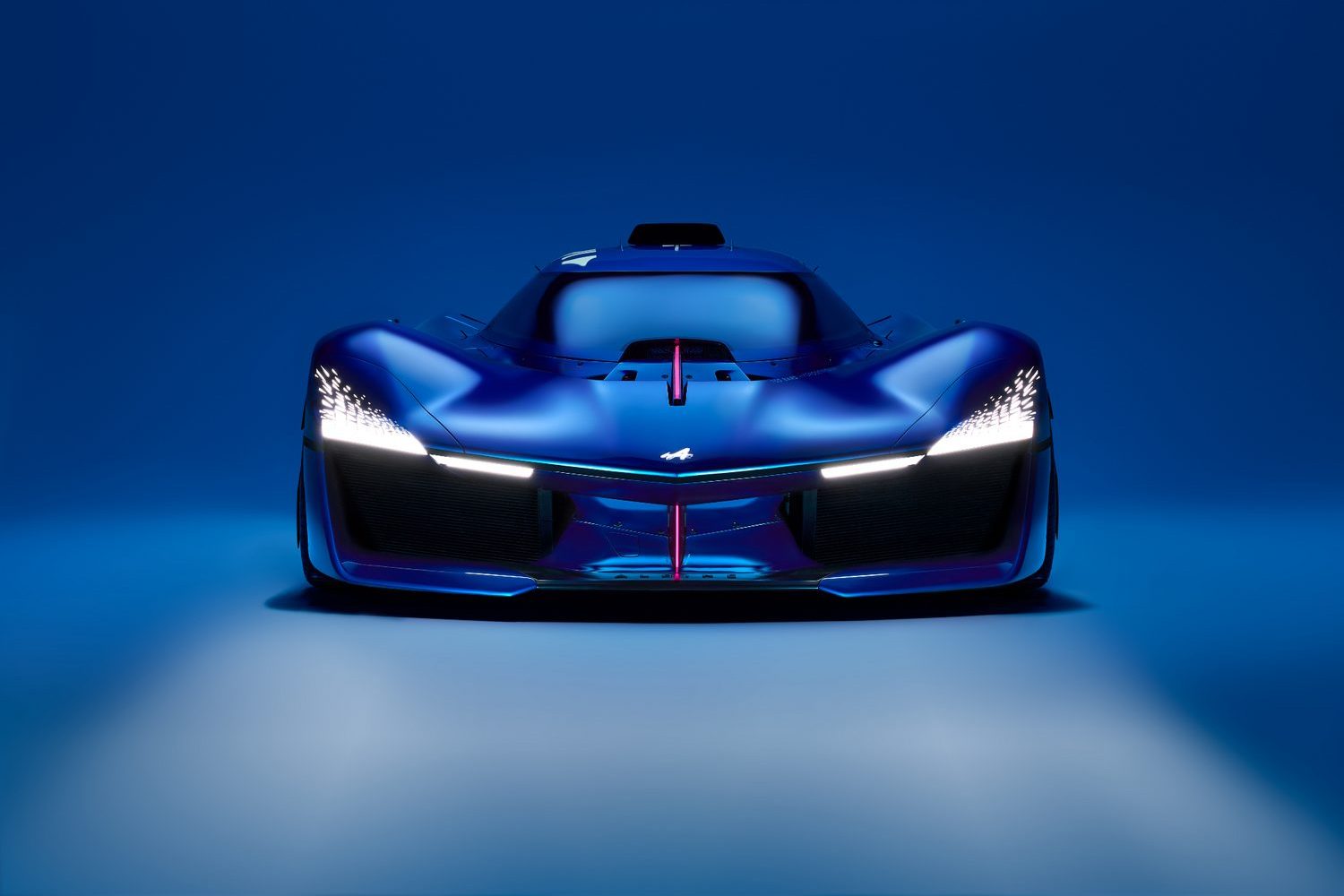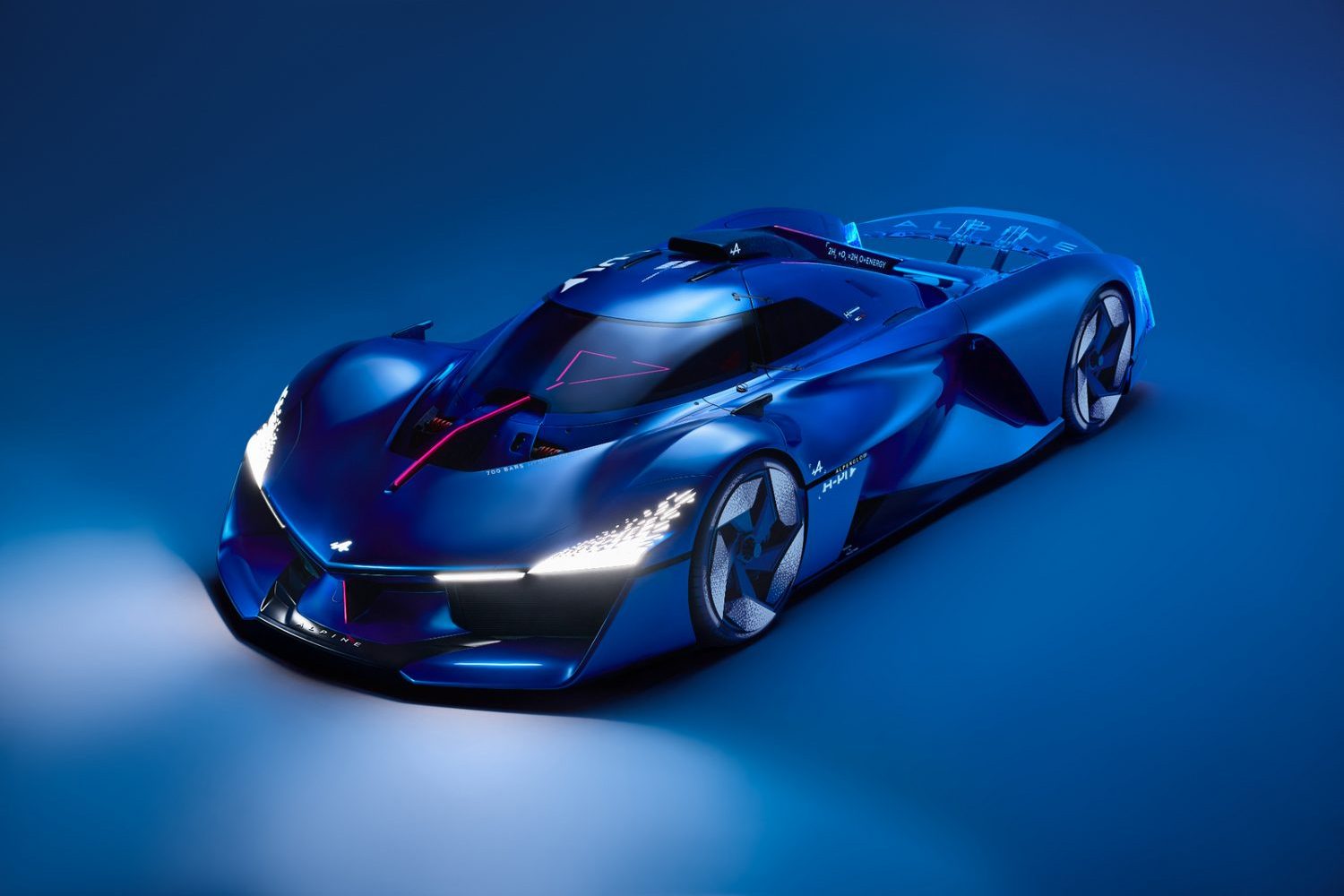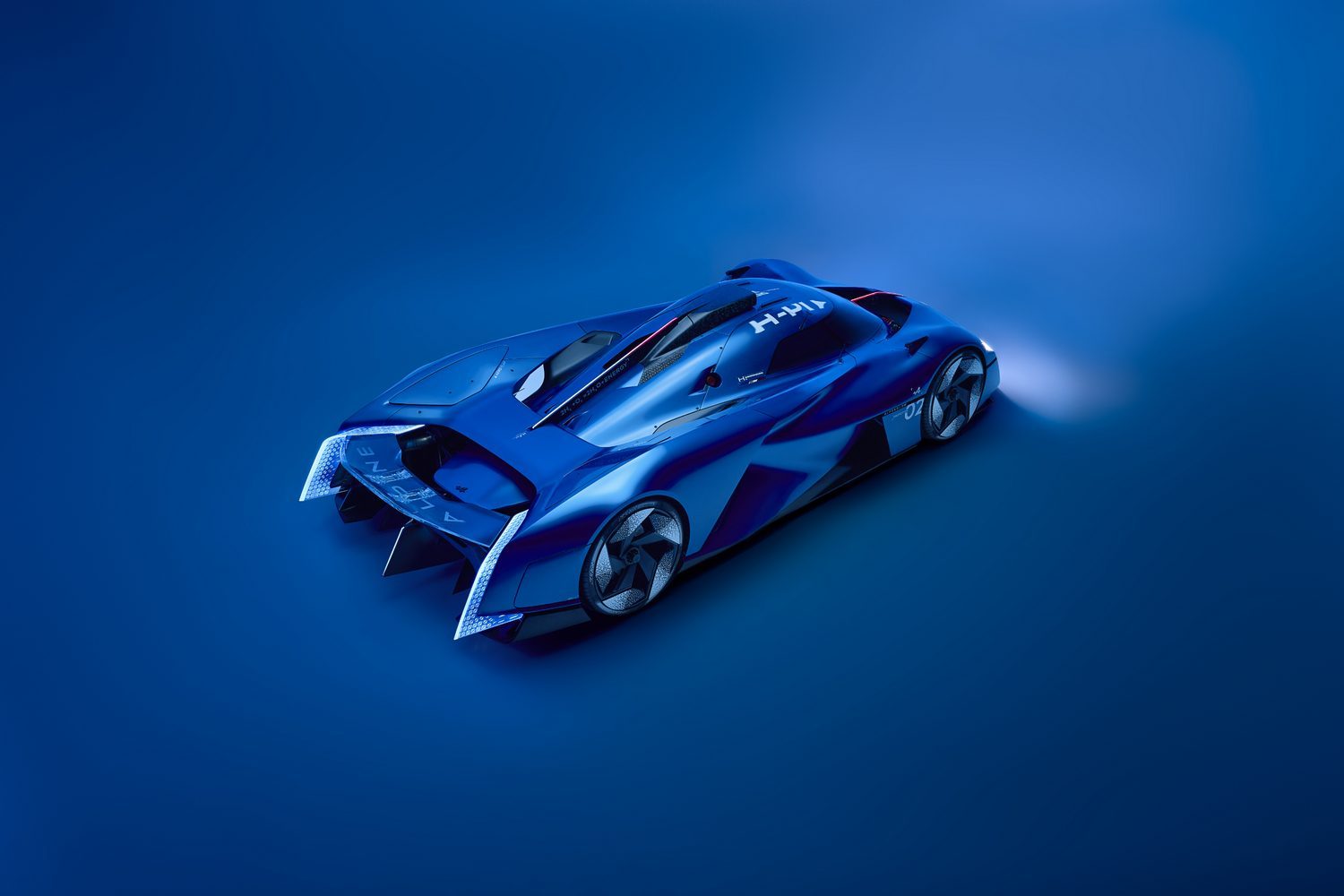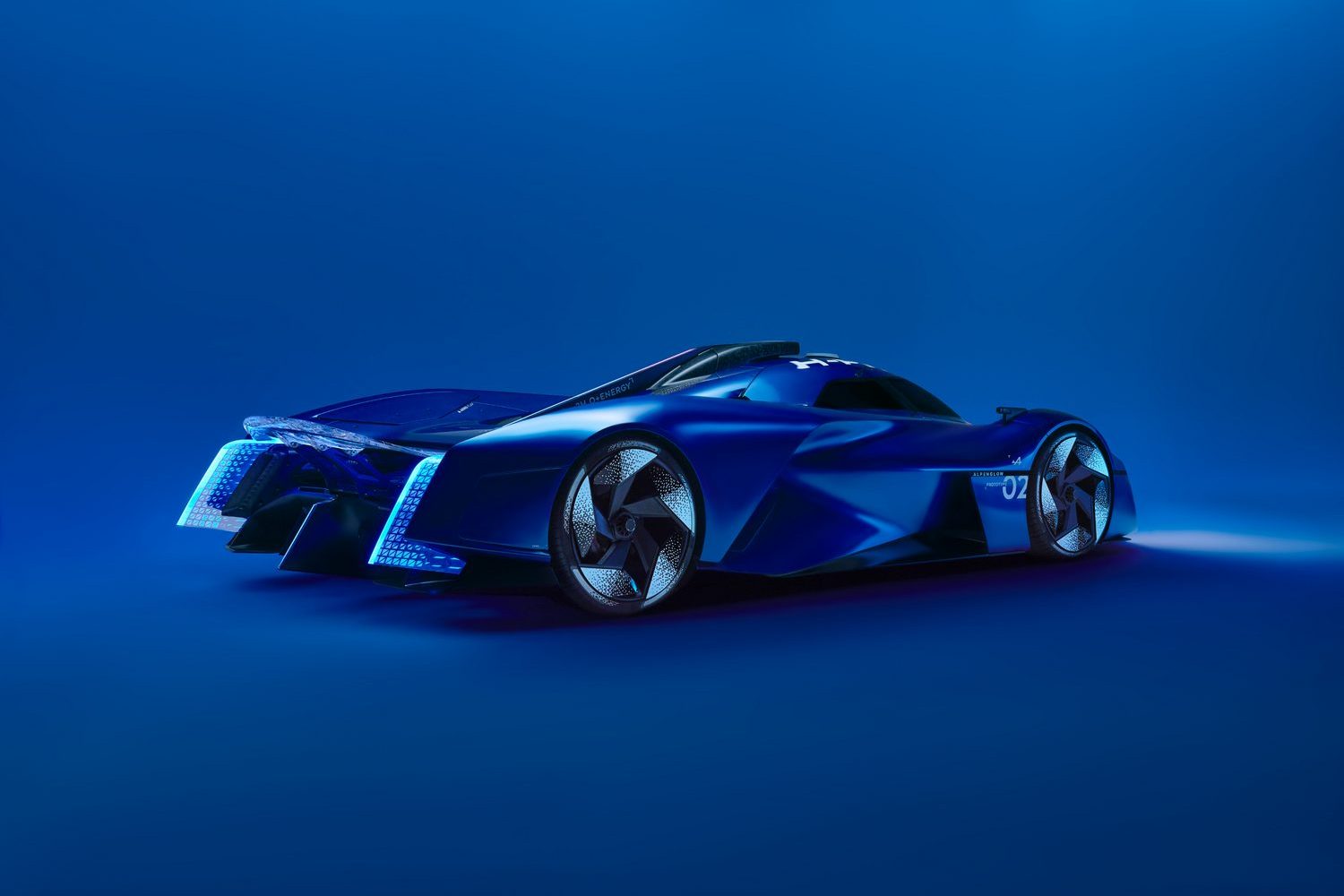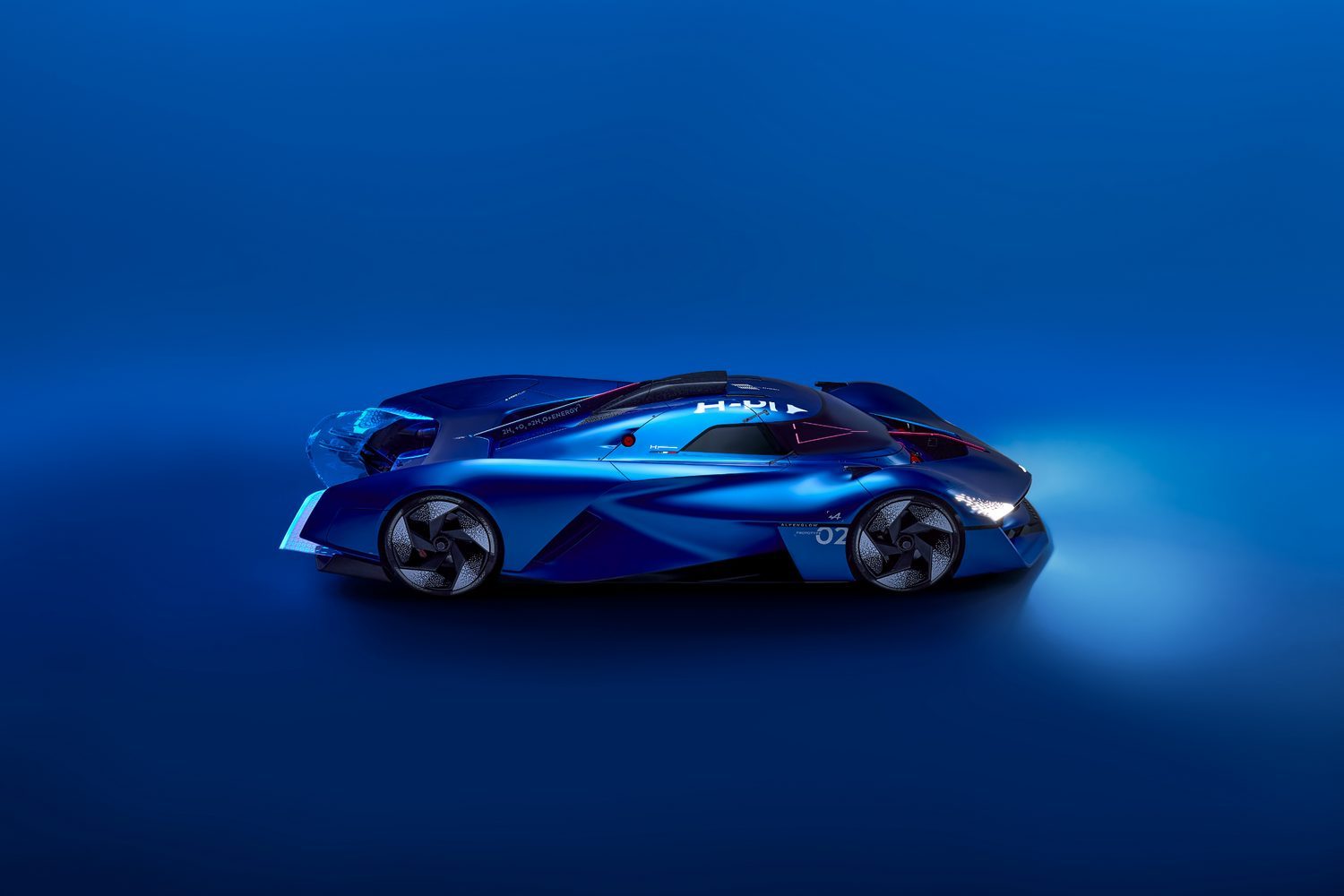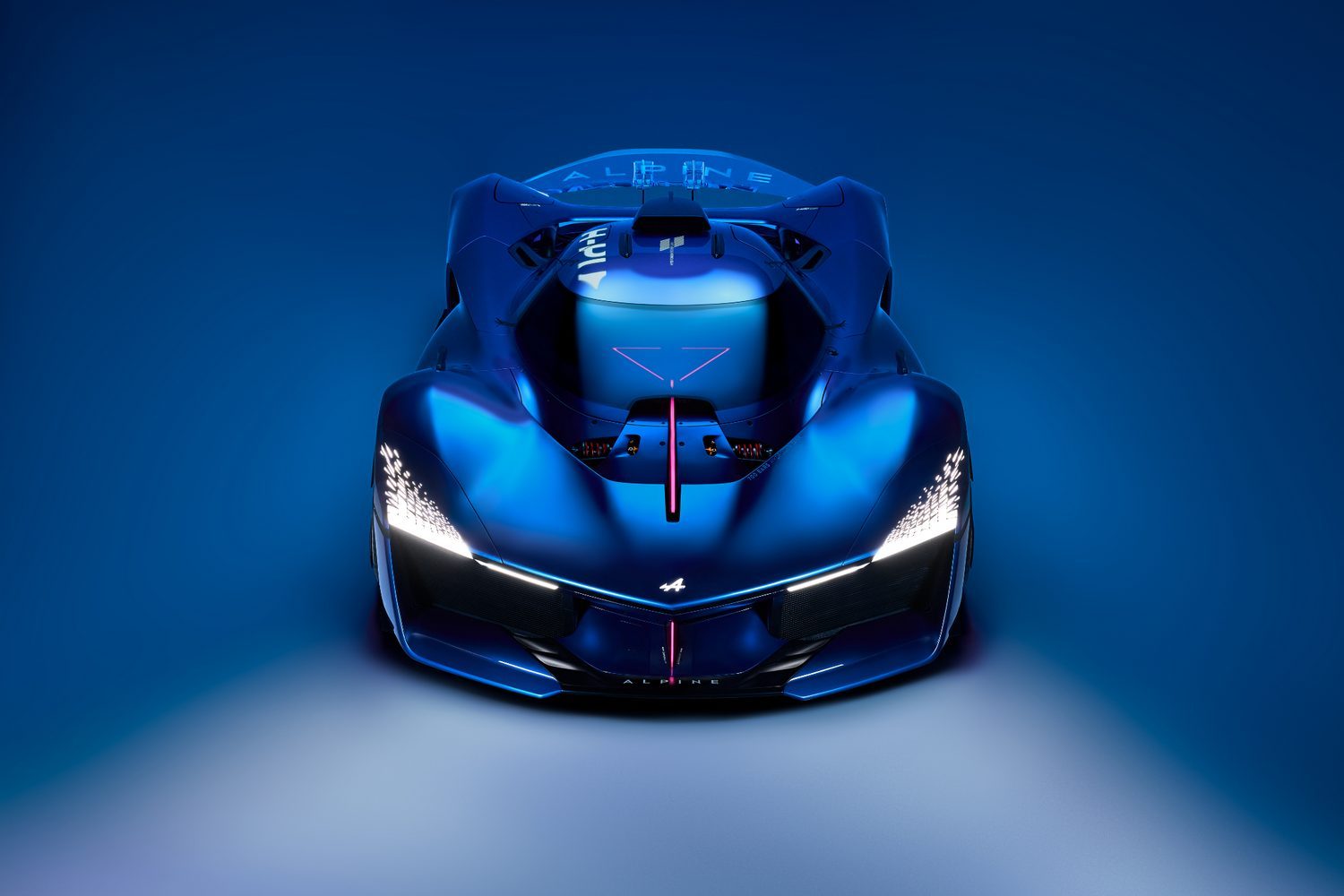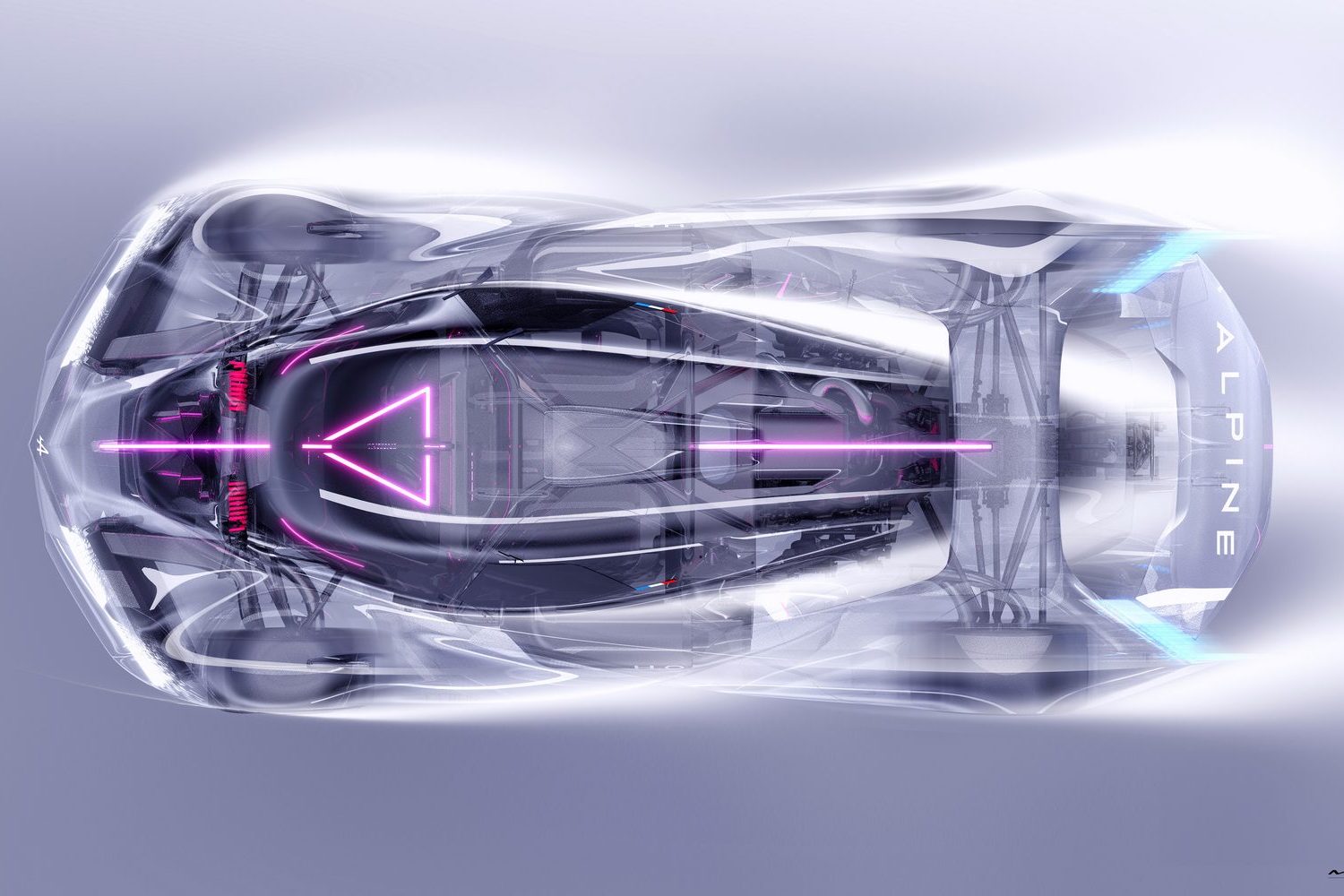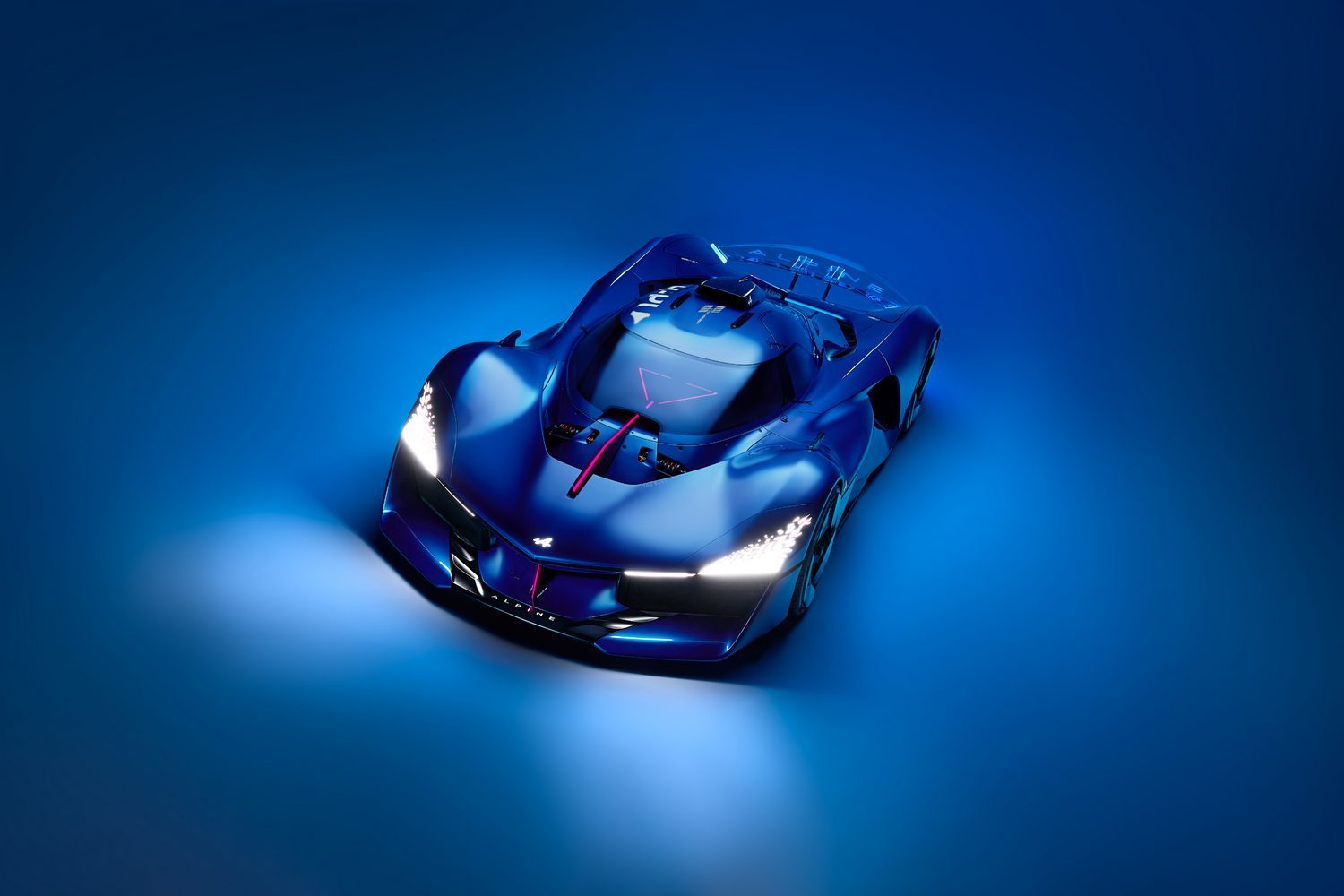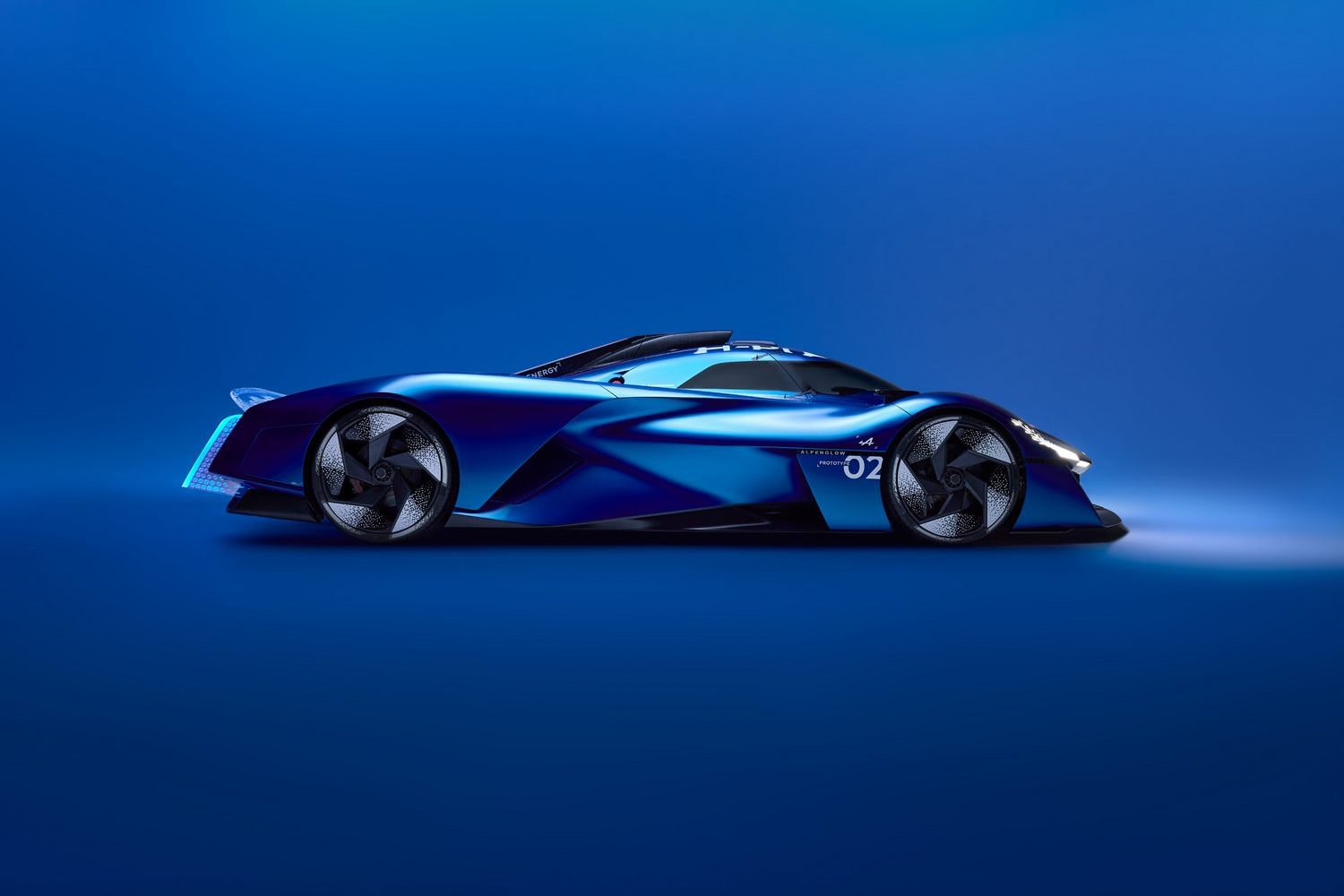Alpine, Renault’s sports car and racing brand, has shown off a concept racing car that might represent the future of endurance racing - the Alpenglow Hy4.
The Hy4 follows on from the pure concept model shown off in 2022, but the big difference is that this one is a proper, running, functional racing machine and it will be doing demo laps ahead of the Six Hours of Spa World Endurance Championship (WEC) race this weekend - and will also be a star turn at the Le Mans 24 Hours in June.
A rolling laboratory
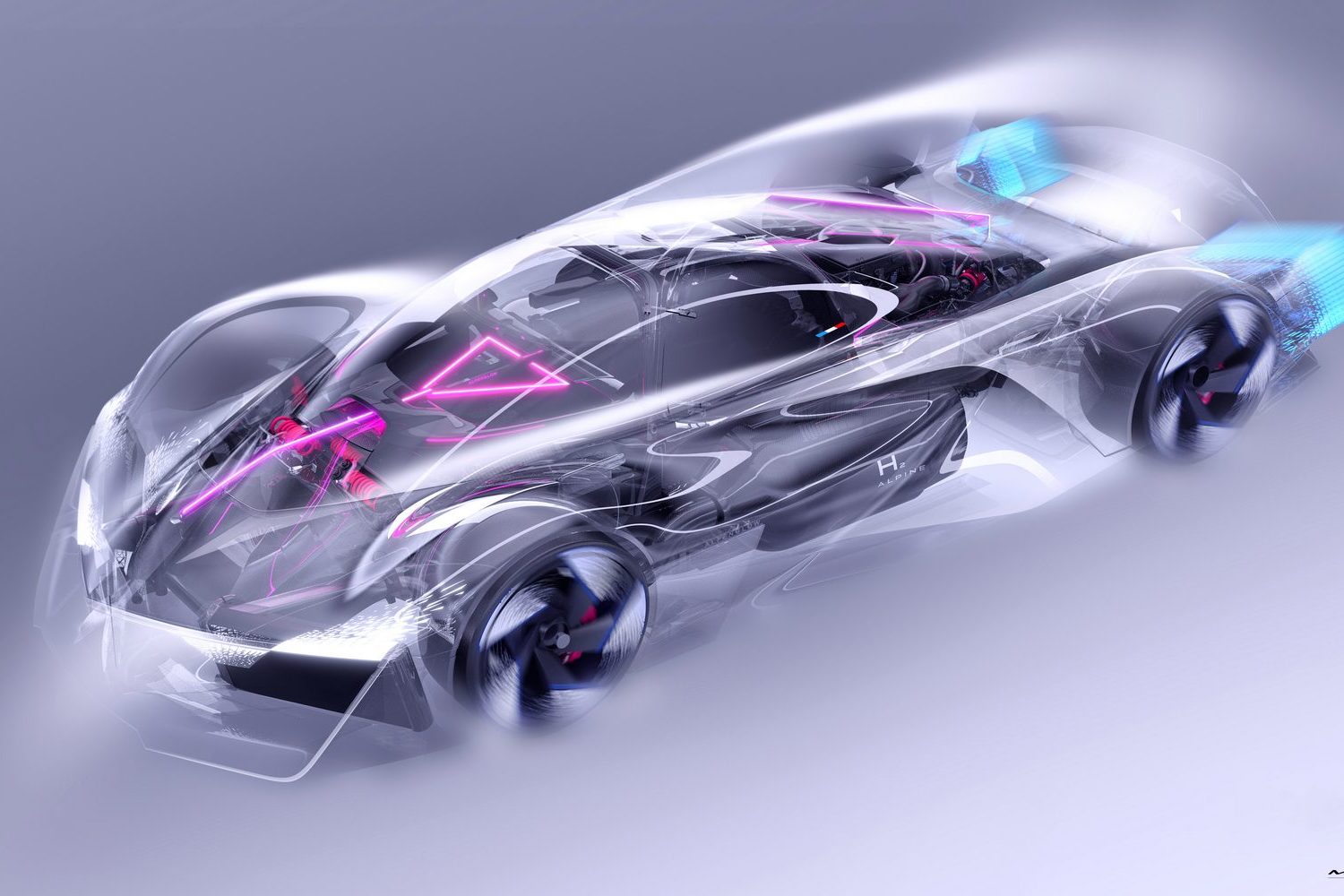
Described by Alpine as both “a rolling laboratory” and “the mother of all future Alpines” this one-off prototype uses a four-cylinder turbocharged engine running on, as the Hy4 name suggests, hydrogen fuel instead of petrol.
The engine produces 340hp, and with a lightweight carbon-fibre monocoque chassis, Alpine says that the Alpenglow Hy4 is good for a top speed of 270km/h. The engine can reach a maximum of 7,000rpm and is coupled to a sequential racing gearbox with a centrifugal clutch.
Alpine admits that the hydrogen, which is injected into the cylinders in the form of a gas rather than a liquid, is trickier to work with than conventional liquid fuels, but that it can be burned in very lean or very rich mixtures, ranging from as little as four per cent mix to as much as 76 per cent. Alpine says that the expertise it has gleaned in making this hydrogen engine will be fed back into the wider Renault group, and that it may have some particular interest to the company’s van and truck-making divisions.
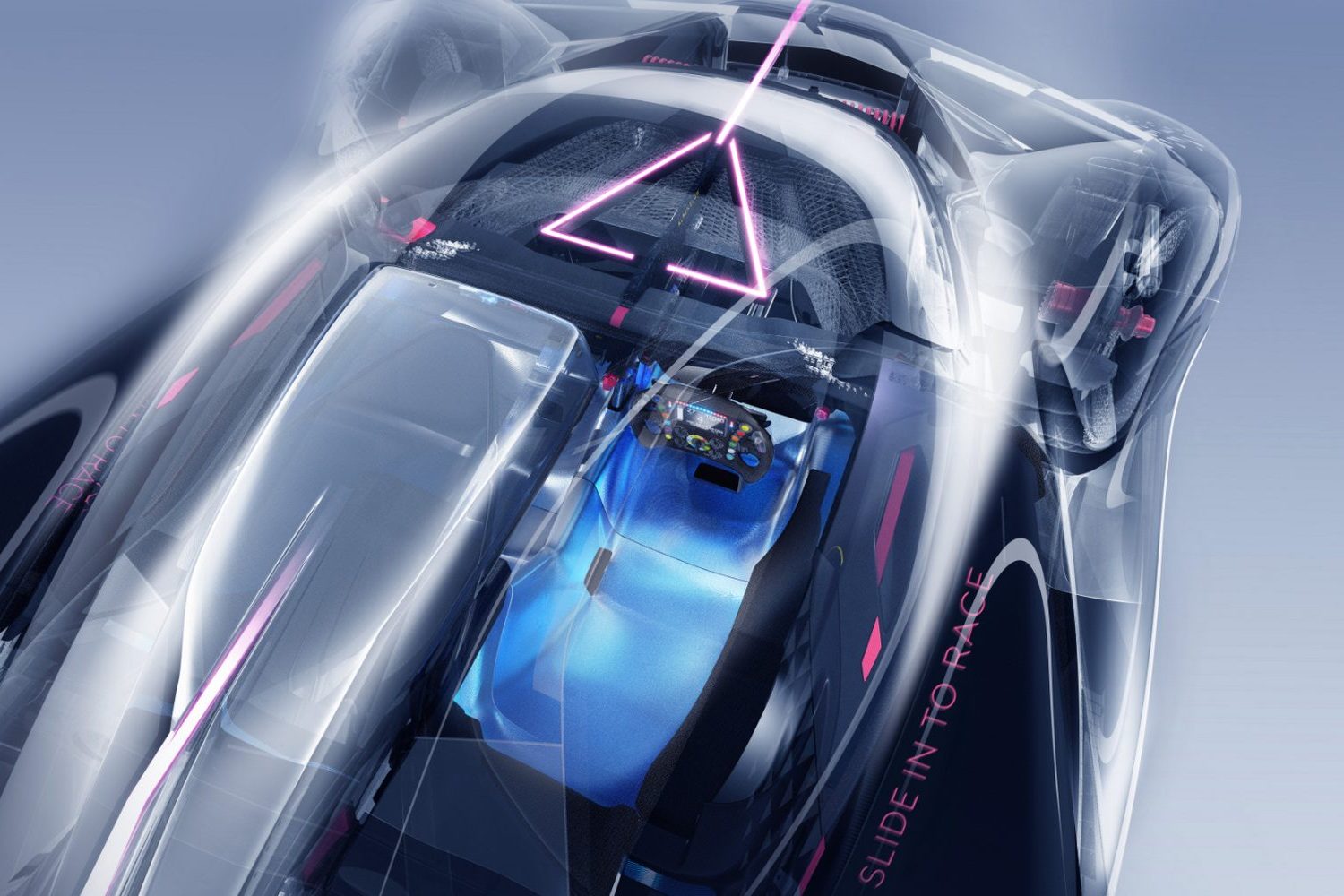
High-pressure tanks
The hydrogen is stored in two tanks either side and just behind the cockpit. The area around the tanks is sealed off from where the driver sits and is carefully ventilated so that there’s no potential for a build-up of explosive hydrogen gas. The two tanks are pressurised to 700 bar, so there’s an intermediate system that drops that down to 40 bar for injection into the engine.
Alpine says that it’s paying close attention to potential rule changes in world motorsport which would allow, even encourage, hydrogen power. Le Mans is set to allow hydrogen cars to race from 2027 onwards, while Formula One is considering it for 2031.
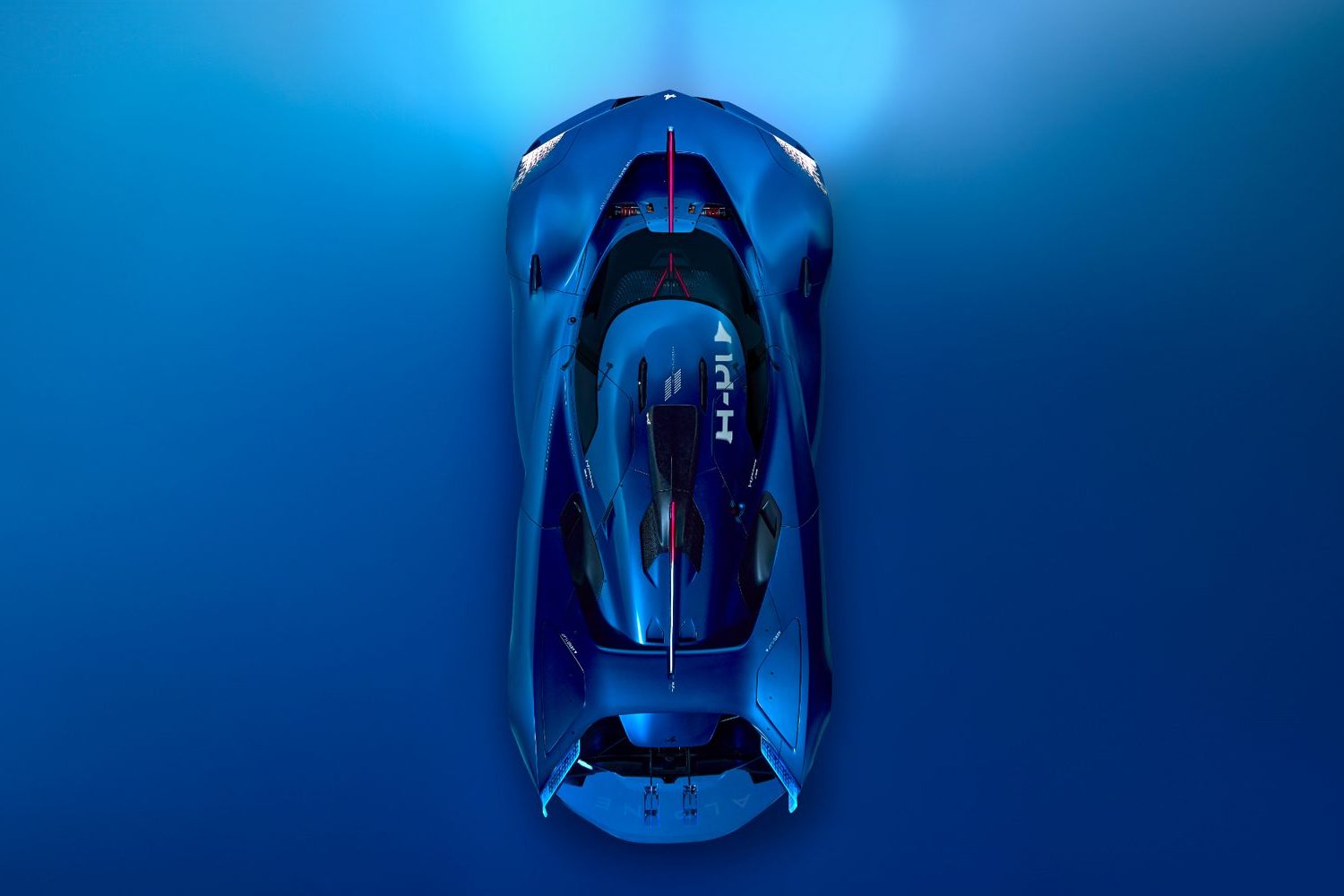
According to Alpine: “The environmental aspects are also naturally very favourable: its CO2 emissions are negligible, it produces no soot, carbon monoxide or unburnt hydrocarbons, and NOx emissions can be reduced to levels unattainable for fossil fuel engines.”
Two-seat cockpit
Compared to the previous concept version of the Alpenglow, which was just a static motor show model, this moving and working version has wider tracks and a bigger, taller interior so that two seats can be fitted.
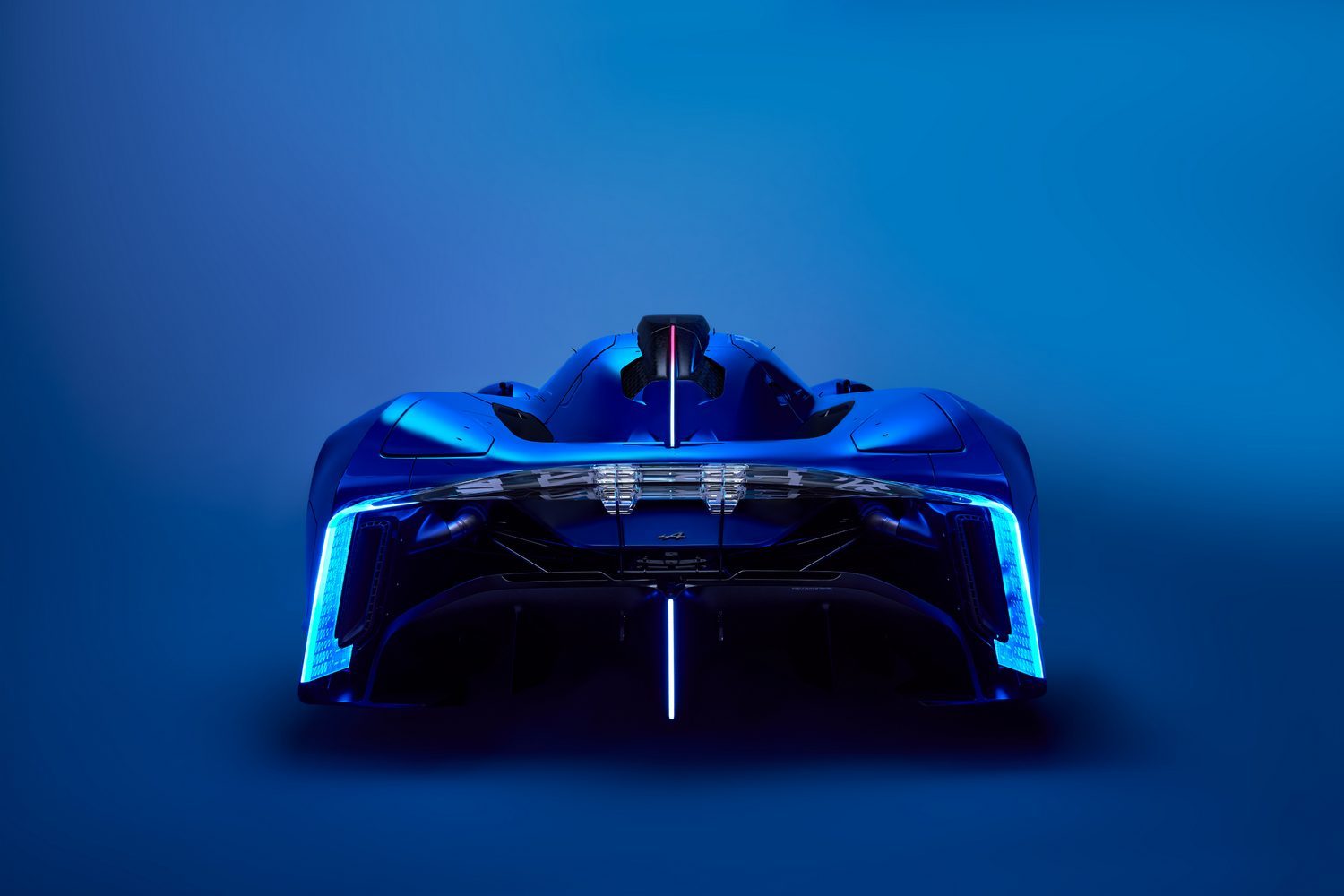
In styling terms, Alpine says that: “The front end of the hydrogen-powered Alpine Alpenglow is designed to evoke the sensation of a comet arriving from outer space, its speed and penetration of the atmosphere suggested by the 'cosmic dust' light particles in the four front lights and the magenta-coloured dorsal contour. The latter turns blue as it reaches the rear of the prototype, as do the vertical lights next to the vertical titanium exhaust pipes, symbolising the hydrogen and water vapour that its combustion emits.”
Antony Villain, Alpine’s Design Director said: “As part of our active participation in decarbonising motorsports, we see the hydrogen internal combustion engine as an extremely promising solution. We know that hydrogen will be an essential step in decarbonising the next generations of endurance cars, and could also be for Formula 1 cars, particularly by switching to liquid storage for greater compactness and performance. The Alpenglow prototype perfectly illustrates this, a genuine technological laboratory for developing tomorrow's hydrogen engines. Ever since the creation of the Alpine Alpenglow concept car presented in Paris in 2022, we have looked forward to fulfilling the promise made with such a unique object: taking it out on the track. This is now a reality. The Alpine Alpenglow Hy4 can now demonstrate all the performance suggested visually by the original concept car: a true racing car with all the visual and acoustic expression you would expect.”
The Six Hours of Spa endurance race takes place this weekend, and you can catch it on Eurosport, on Radio Le Mans, or via the World Endurance Championship website.

